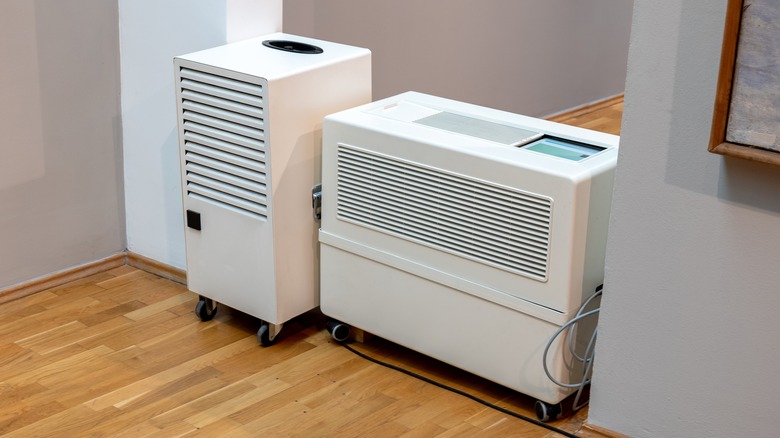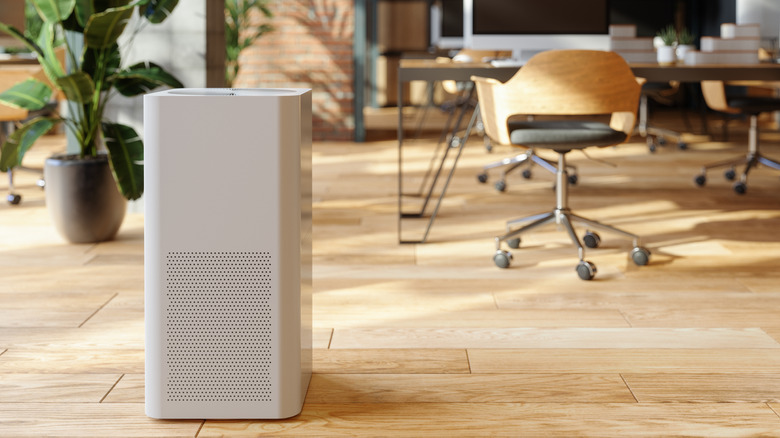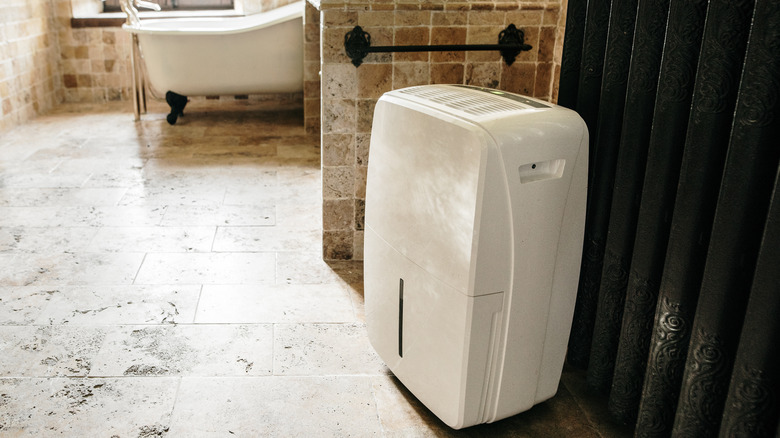What Is The Difference Between An Air Purifier And Dehumidifier And When Should You Use Each?
Your indoor air quality, whether in your residence or place of business, is important to maintain so that you don't suffer illness from biological and other pollutants. While your HVAC system is an essential part of that, there are times when additional equipment is necessary, such as if your HVAC system isn't big enough to properly filter the air in your building. Fortunately, an air purifier or a dehumidifier can pick up the slack. But, while these two pieces of equipment can appear similar in size and shape, they are very different.
There are two main differences between air purifiers and dehumidifiers. The first distinction, as their names suggest, is what they remove from the air. Air purifiers, otherwise known as air cleaners, are an effective tool for removing airborne particles, while dehumidifiers remove excess moisture. The second difference is that air purifiers are better than dehumidifiers for improving indoor air quality under certain circumstances, and vice versa.
When an air purifier is the better choice
If you have asthma, cardiovascular issues, or sensitivity to various allergens, an air purifier could help provide relief by capturing the particles that trigger or worsen your symptoms. Pulling in air from one end and pushing it out the other, a filtered air cleaner has special filters that trap contaminants as air passes through them. Since one filter can't catch everything, there are usually multiple filters in a single device to handle various pollutants. HEPA filters can reduce 99.5% of airborne allergens that are 3 microns or smaller, like pet dander and other common household pollutants. However, the fibers must be tightly bound to be this effective.
On the other hand, an air cleaner won't do much to address existing mildew or mold problems, and it won't eliminate or kill bacteria, viruses, and other germs unless it utilizes additional technology like UV light. Check the product specifications to make sure that the one you purchase can effectively remove the contaminants that you need it to. Also keep in mind that a single air purifier can't clean the air in an entire building. Instead, these devices are generally portable and intended to work in a single room at a time, unless it's a special addition to your overall HVAC system.
When a dehumidifier is the optimal choice
If you notice mildew or mold, window or wall condensation, or musty odors in your building, a dehumidifier can remove the extra moisture that's causing these issues. It's common for these problems to occur in bathrooms and other damp areas, such as basements, but overly humid air — more than 50% on a humidity gauge — can negatively impact health conditions and simply make you feel uncomfortable in your own space. A dehumidifier works by pulling in air one side and pushing it out the other, condensing it and removing moisture as it passes over the refrigerant coil inside. A reservoir collects the extra water, which you have to empty before it gets too full.
While a dehumidifier can make it impossible for mildew, mold, and dust mites to thrive in your building, it won't remove airborne particles that cause allergies, asthma, or other illnesses to flair up. If mold has already developed, it will still need to be removed; a dehumidifier will help prevent it from growing again, though. Like an air purifier, this equipment is often portable and intended to control the humidity in a single room, such as your pantry. However, special whole-house systems can be installed as part of your HVAC system and don't require emptying.


